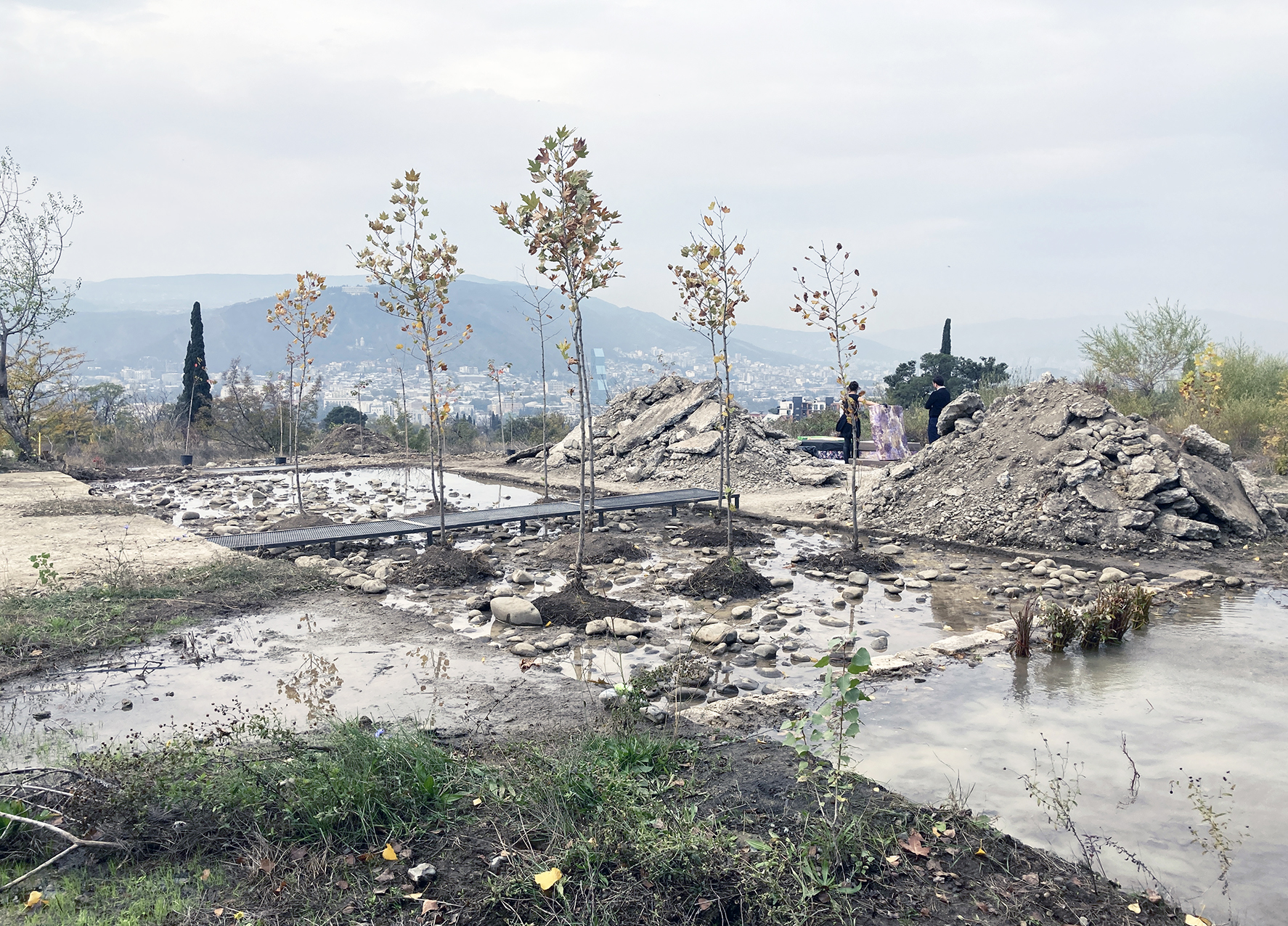SPOOL
SPOOL is an open access journal in the field of architecture and the built environment that revolves around different threads, from which it derives its name. Treating the topics as threads within one journal allows SPOOL to focus on the interrelationship between the fields. One of the threads is the landscape metropolis.
This issue of SPOOL elaborates a designerly perspective on urban forestry. The urban territory has been the setting of all kinds of connections and conflations between nature and urban life, with tree complexes and tree mosaics interwoven with the form and identity of urban places, neighbourhoods and cities, and in turn their social and cultural machinations.
Next to papers discussing research through living labs and large-scale urban projects, and unveiling political narratives and historical evidence, a critical thematic that comes to the fore is the centrality of human experience (of forests, of cities and of their hybridizations), and the role of imagination and the sensorial in how we experience ‘tree-dominated spaces’. These qualities have been lauded since the early stages of urbanisation, can rightfully be called a landscape architectural design tradition with manifold benefits for all forms of life, and they deliver a strong argument to place designerly approaches centre-stage in the ongoing European metropolitan afforestation project. The term urban forestscapes can be understood as a mind-opener, a call to think and act together from various perspectives, galvanized by a sensitive and designerly mindset. The suffix ‘scapes’, in this respect provides a useful linguistic tool for research and practice to allow for porous boundaries and integration of knowledge across the disciplines and professions working with the topic. It also allows transversal fluidity, for ‘thinking out of the box’, to access new epistemic grounds, and for the intellectual openness needed to keep the box open for a while, along evolving transdisciplinary scholarship.
